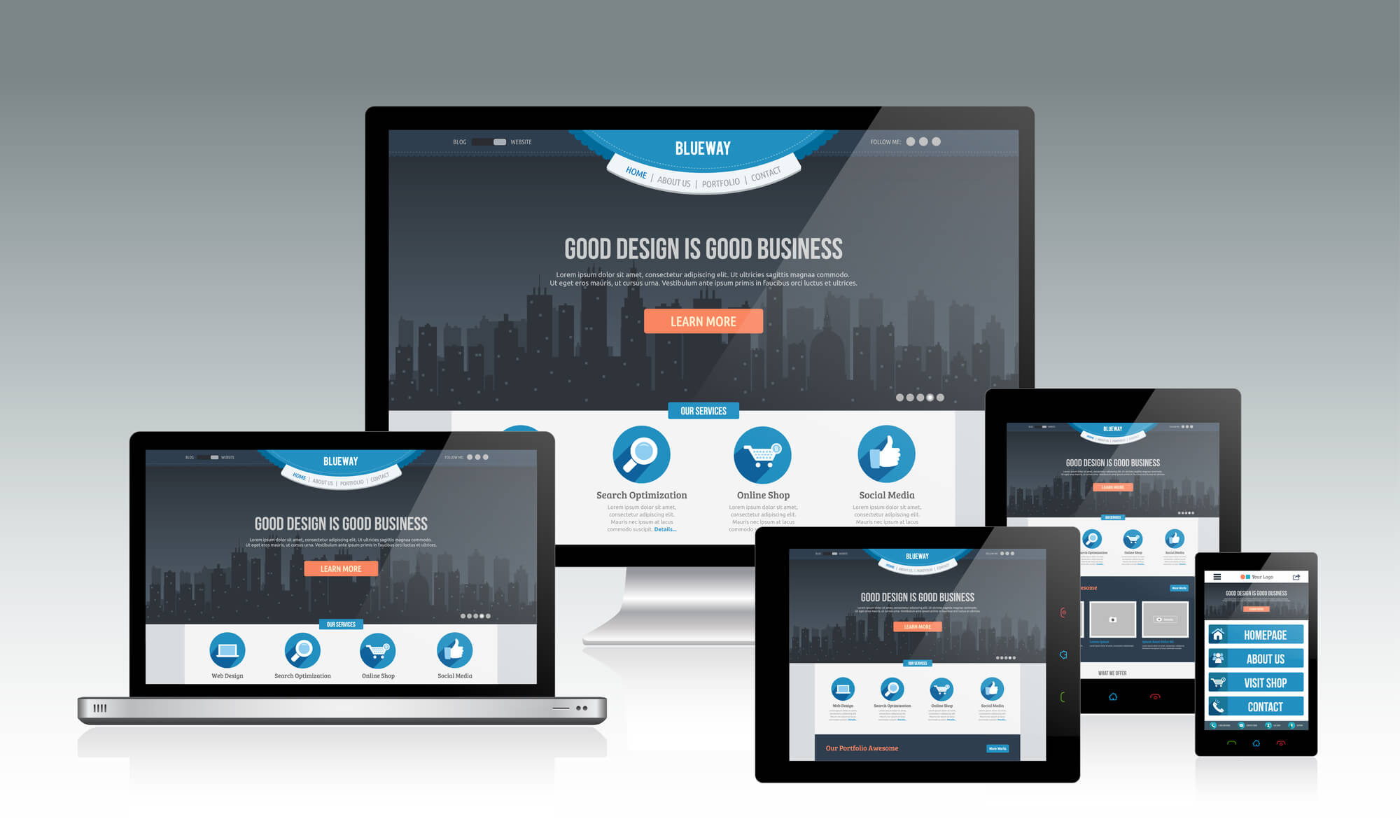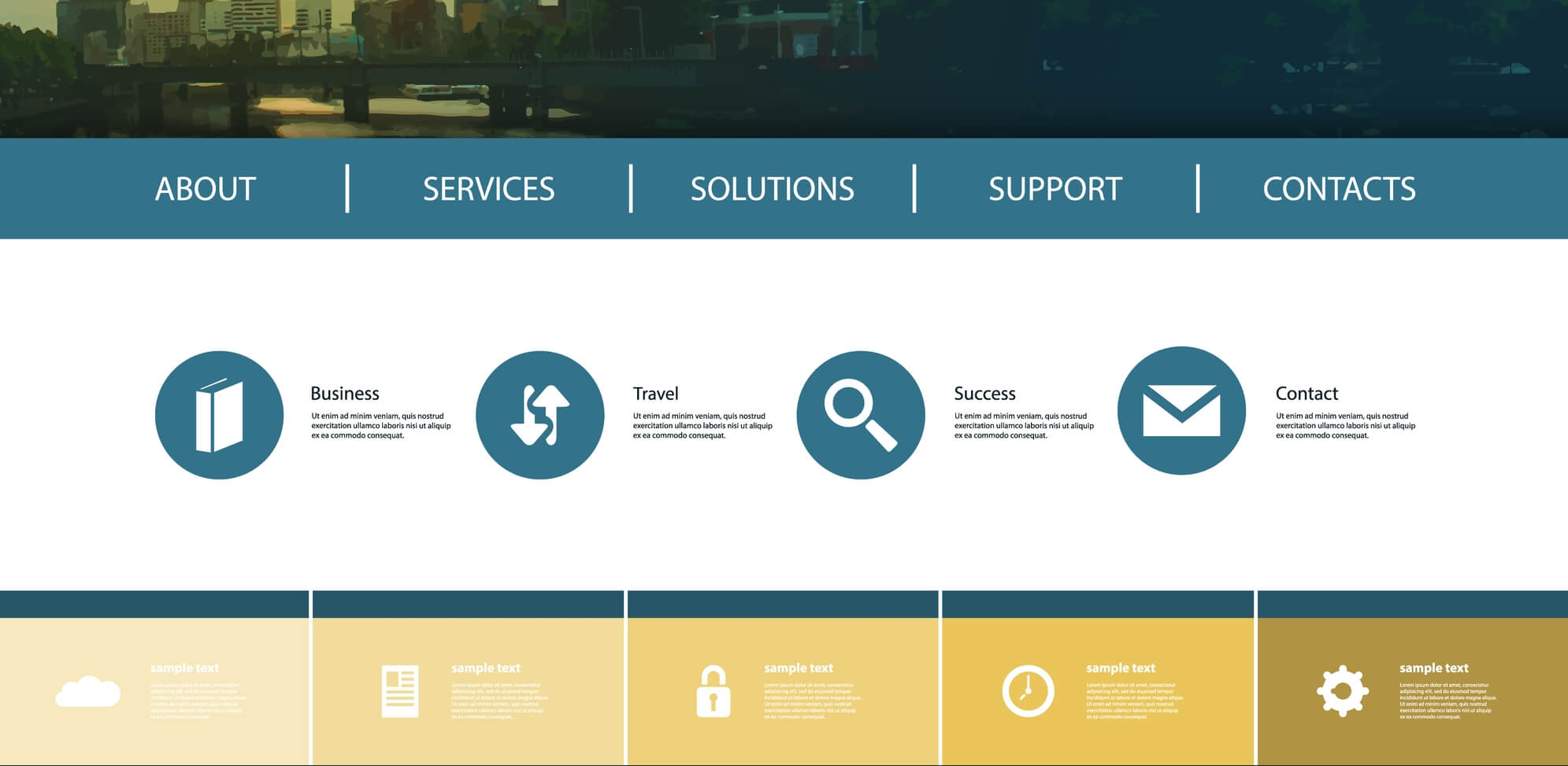As a recruiter, your tenacious, go-getter mindset serves you well. It’s the valuable trait that fuels you when you’re putting in the work to identify the best talent, and when you’re building positive and lasting relationships with clients. When you’re creating and implementing your firm’s content marketing strategies to grow your business, it’s important to tap into that same committed work ethic.
With content marketing, it’s imperative that you remain committed to generating content, patient in evaluating results, and aware of the various, and sometimes unquantifiable, ways that content is affecting your business.
Related Post: Content Marketing: Your 3-Step Recipe for Lead Generation ➢
Remaining Patient When Setting Goals in Content Marketing
In most of your business strategies, your goals are created using a simple equation. By doing X, we hope to yield Y. In recruiting, you might purchase an additional LinkedIn recruiting seat for your firm, with the goal that it will increase revenue by a certain number. The time-tested equation makes for an easy ROI analysis upon the completion of your initiative.
In content marketing, that’s not a great way to set goals. Why? Because your content has a broad impact on your company. A single piece of content has the ability to improve your search rankings, drive traffic to your website, generate leads, educate prospects, engage with your audience, create brand awareness, and improve your brand’s reputation. There are simply too many variables to insert into a linear success equation when it comes to evaluating content.
A common pitfall that companies fall into is they get discouraged with their content efforts when they don’t collect quick wins from it. They then drop the ball on content creation, for a while, out of frustration.
I made this mistake when I first started creating content for my recruiting firm. I was so focused on how much traffic our website was generating, and how many leads we were converting, that I was losing sight of the long game. You, of course, should set goals for the various content metrics out there—whether that be rankings, traffic, or conversions. But don’t forget to be patient. If a piece of content doesn’t generate a lead this month, or even over the next few months, that doesn’t mean it won’t eventually. There are so many ways that content can help your brand, that you must avoid rigid evaluations of whether or not it’s working.
Instead, your primary goal should be to create good content regularly. You never know when a piece of content is going to serve as the conversion point for a lead. The life cycle of a piece of content can go for years, which is important to keep in mind when evaluating the metrics of your content.
Related Post: 5 Simple Ways to Repurpose Your Best Marketing Content ➢
Staying Committed to Producing Content Across All of Your Channels
In recruiting, your reputation is everything. Candidates measure your reputation when weighing whether to trust you with guiding them toward the next opportunity in their career, and your clients weigh your reputation when deciding whether they can trust you to find them the perfect candidate.
If your firm isn’t producing a steady amount of content, your reputation is in jeopardy. Before a lead picks up the phone and calls your firm or sends you an email, they will read three-to-five pieces of content. As they come across the content they read, they will be evaluating your brand.
Ask yourself this, what does our content say about us? If you only post a blog every couple of months, leads will take notice and question your commitment. If your social posting is inconsistent and unfocused, leads will notice. If you don’t have any long-form content that tackles the important questions and topics of your target audience, your leads will notice. Gaps in the consistency or quality of your content will stain how leads are appraising your firm.
By staying committed and patient, you’ll be able to supply leads with a steady diet of educational content that will both inform them about the solutions to their pain points and to the value of your firm.
Parqa Marketing is a digital marketing agency that works to transform your digital marketing efforts.







 It’s almost 2019, and your website serves as a window into your company, thus it needs to exude trust and credibility. Otherwise you run the high risk of handing your potential customers over to your competitors with better designed websites.
It’s almost 2019, and your website serves as a window into your company, thus it needs to exude trust and credibility. Otherwise you run the high risk of handing your potential customers over to your competitors with better designed websites. This is not a lot of time to soak in all the written content on your websites homepage.
This is not a lot of time to soak in all the written content on your websites homepage. A great CTA button can direct users, get them to take a desired action, improve conversion rates, and ultimately help your website achieve its defined objectives.
A great CTA button can direct users, get them to take a desired action, improve conversion rates, and ultimately help your website achieve its defined objectives. “That same study found that 46% of consumers base their decisions on the credibility of a website from its visual appeal & aesthetics.”
“That same study found that 46% of consumers base their decisions on the credibility of a website from its visual appeal & aesthetics.”  “47% of website visitors check out a company’s products/services page before looking at any other sections of the site.”
“47% of website visitors check out a company’s products/services page before looking at any other sections of the site.”  I can’t tell you how many times clients come to me asking to look at their website and give them feedback, and they have no dedicated contact form page, no phone number and/or email address prominently displayed and easily visible/ clickable on their website. And they wonder why people don’t contact them through their website or why their website doesn’t generate leads.
I can’t tell you how many times clients come to me asking to look at their website and give them feedback, and they have no dedicated contact form page, no phone number and/or email address prominently displayed and easily visible/ clickable on their website. And they wonder why people don’t contact them through their website or why their website doesn’t generate leads.





